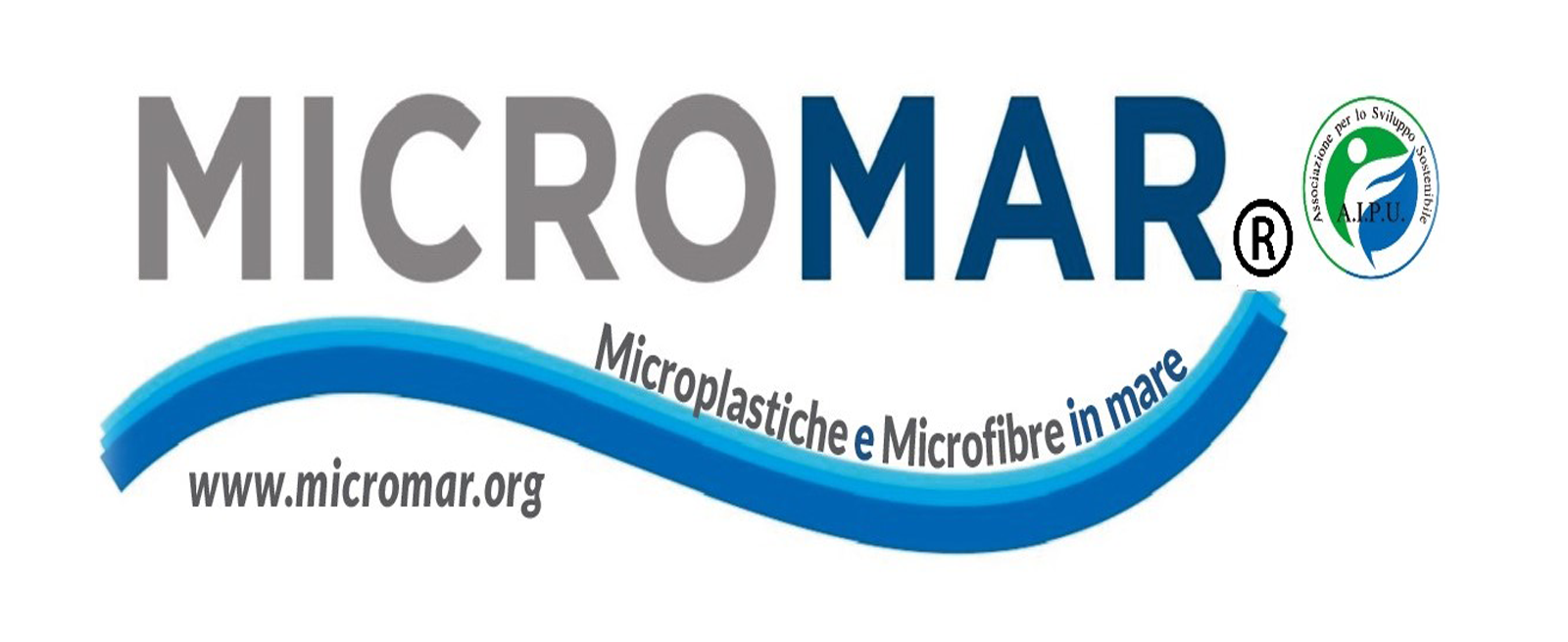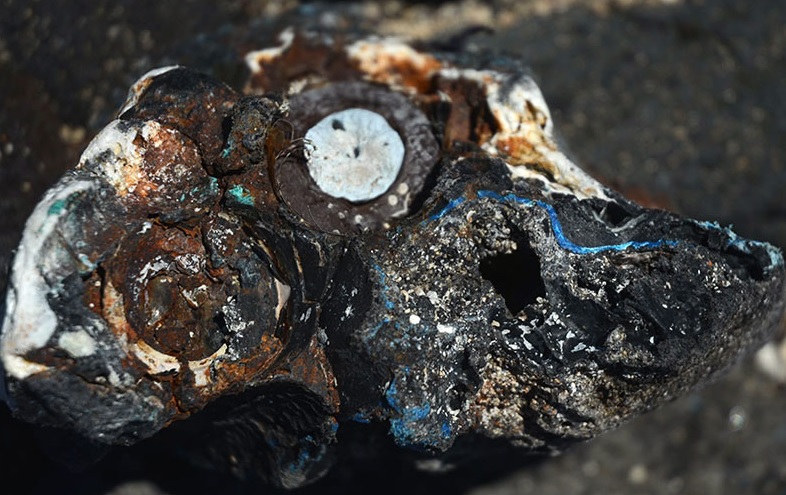Scholars, especially geologists, have been signaling for some time that the anthropocene will be a new geological era marked by the passage of man and not yet mentioned in the history books. We are still at the beginning, says Prof. Luigi Valerio collaborator of the Department of Geology and Environment of the University of Naples "Federico II" and as the experts point out alongside changes without return, such as plastic in the rocks, there will be an increase in temperatures, with consequent melting of the glaciers, for an ever-increasing concentration of carbon dioxide and a growing consumption of water, which will affect the planet's water reserves.
We all agree that the passage of man would have definitively redesigned the fate of the earth and this was already clear. Never would one have thought that the traces of our "evolution" would have changed not only the aspect of the territory, but also the geological one. In fact, the studies undertaken have highlighted how plastics have become part of the rock cycle. Already 2016 when, for the first time, researchers identified strange conformations with bright colors on the rocks of Madeira Island. Not understanding what they were, they sent samples for analysis and a shocking truth emerged. That kind of synthetic moss was nothing more than polyethylene, a plastic
commonly used in disposable packaging and food containers. Born from the continuous breaking of the waves on the rocks, the plasticrust (as it was renamed) has become an integral part of the rocks themselves with over 10% of the rocks covered. Plasticrust, i.e. plastic, is gradually replacing biological encrustation on rocks. Not only in Madeira also on the Brazilian volcanic island of Trindade rocks made of plastic debris have recently been discovered in this remote turtle paradise. On the island located 1,140 km from the coast, the plastic melted by the sun at that latitude mixed with the rocks and the contamination reached the geological cycles of the Earth. It seems that from today's studies they are called "plastigglomerates" because they are made up of a mixture of sedimentary granules and other debris held together by plastic.
The first to pay the price are marine animals, in particular those that live and feed on rocky conformations, such as barnacles and sea snails. If for fish and other animals, especially sea turtles, there have already been several demonstrations of the damage that plastic pollution can cause, in-depth studies are still needed for these organisms. Certainly, however, by entering the food chain not only of humans but also of larger animals, plastic contributes to the spread of the problem linked to microplastics. This is why the A.I.P.U. adheres to the citizen science MicroMar project which aims to monitor the presence of microscopic plastics in the sea. Volunteers participate in the collection of water samples and then The project continues with the scientific component regarding sample analysis protocols and data processing that you will find on our website micromar.org.


 English (United Kingdom)
English (United Kingdom)  Italiano (it-IT)
Italiano (it-IT) 